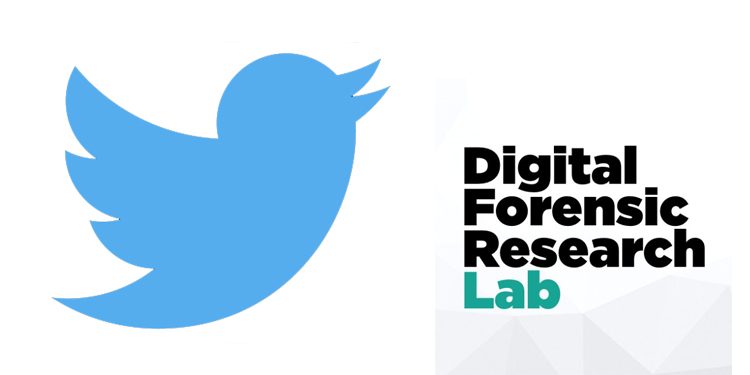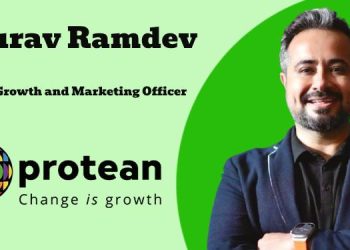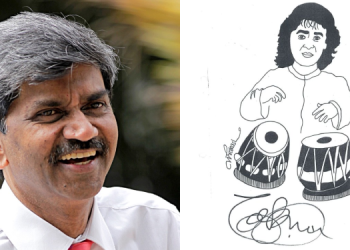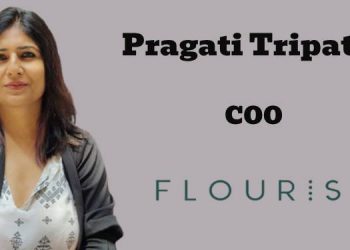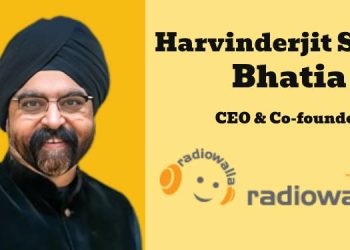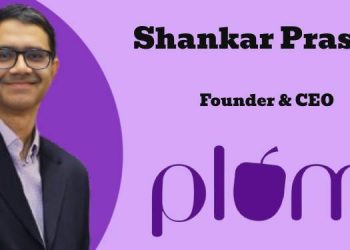A study launched by Washington-based ‘fake news’ research lab, Atlantic Council’s Digital Forensic Research Lab (DFRLab) had found that the Tweets associated with the visit of PM Modi to Tamil Nadu last month showed unprecedented levels of attempted manipulation of Twitter by pro-NarendraModi and anti-NarendraModi forces.
Based on the study DFRLab, has identified two manipulated hashtags during Modi’s visit to Tamil Nadu in mid February — #TNWelcomesModi and #GoBackModi. These, in fact, were among the most heavily manipulated Twitter hashtags that it has ever studied, the organization said.
While #TNWelcomesModi scored 123.98 on an index used to calculate the level of manipulation, making it the top scorer among all the hashtags studied by DFRLab ever. #GoBackModi, which scored 47.05 on the same index, was at No.4 in the same rank list in the below mentioned chart:
The index reflects the ‘effort’ put in by manipulators, and does not measure the actual impact that the effort had.
In other words, it is possible to score very high on the index, and yet have zero impact on social media. This is the case if the twitter handles involved in the campaign do not have many followers.
The index relies on easily available Twitter metrics such as retweet numbers and does not delve into more difficult-to-get metrics such as the number of people who saw a particular hashtag.
Broadly, it looks at the tweets that were sent out, and calculates what percentage of them came from real human beings and what percentage came from bots or software and assigns a number to reflect the same.
It also has its own shortcomings. For example, if only a small number of bots were involved, the index will show a high figure for manipulation, but if a large number of bots are deployed, it would show a low level of manipulation.
#TNwelcomesModi, for example, was implemented using a fewer number of bot accounts, and scored high on the index, while #GoBackModi was tweeted using a larger number of handles, and scored lower for manipulation.
In case of #TNwelcomesModi, 50 accounts — more or less identified as bots — accounted for 61.2% of all traffic, while in case of #GoBackModi, 50 top accounts accounted for only 32.65% of all traffic.
As a result, an average account involved in the #TNwelcomesModi campaign tweeted 55.81 times using the hashtag — making it easy to identify that it was a bot — while an average #GoBackModi account tweeted only 6.7 times using the hashtag, making it a more sophisticated operation.
Another method used by DFRLab to find out the extent of manipulation is to see what percentage of the total tweets on a hashtag are simple retweets.
A simple retweet is when a machine or software (or a human) simply clicks on the retweet button instead of creating a new message and embedding the hashtag in it.
Bots are much more adept at retweeting rather than creating new messages with a hashtag.
As a result, the higher the proportion of retweet, the higher the chances of it being due to manipulation and bots.
On this metric, #GoBackModi was ahead of #TNwelcomesModi, indicating that the anti-Modihashtag probably had a higher proportion of bot traffic compared to human traffic. #TNwelcomesModi consisted of 69.7 percent retweets, while #GoBackModi consisted of 73.9 percent retweets.
“The incident highlights the sheer scale of attempts to manipulate Twitter traffic as India’s main political parties head to the polls. It also underlines the extent to which social media more broadly has become an electoral battleground,” said Ben Nimmo, a senior fellow for information defense at DFRLab and DonaraBarojan, a digital forensic research associate at the same institute, in a blog post.
DFRLab pointed out that while the attempt was massive, it may not have had a proportionate impact.
“While the scale of the activity was vast, its impact was rather muted given the relatively low number of followers of the accounts… the bot traffic is therefore remarkable for the sheer effort it represents, rather than for its impact,” it said, adding that such attempts “bodes ill for the quality of online debate” in India as the election approaches

